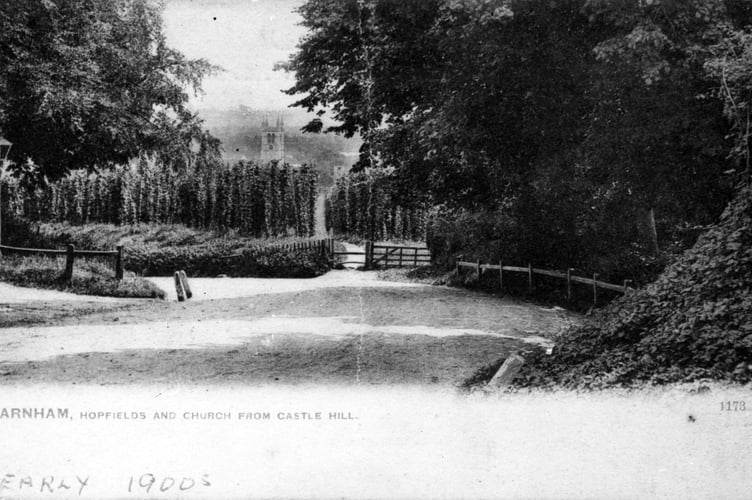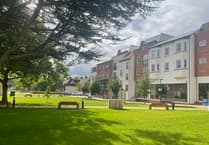Ten years ago this week councillors took the “first step towards resisting greenfield development in the town” - or so the Herald reported at the time.
We now know the decision to defer Taylor Wimpey’s application for 120 homes on the old hop fields off Beavers Road was more of a skip than a step - a mere hiccup in a decade of tarmacking of the town’s green spaces.
Since then, Waverley Borough Council’s tax base of homes paying their dues has swollen from just under 52,000 to 57,335 - an increase of 10 percent in as many years.
In the same period, the UK’s population has increased by around 4 percent. But in Waverley, there are 10 percent more taxable dwellings than a decade ago.
Farnham - without the protection of the Green Belt, unlike much of the borough it shares a housing target with - has taken the lion’s share of these homes.
Many sizeable estates have found homes on green pockets of agricultural land or pasture on its fringes.
Some of these barely mustered an objection.

But others have cut deep at the town’s soul, occupying countrified sites in the town’s ancient deer park or, most galling of all, on the town’s ancient hop garden between Castle Street and Crondall Lane
In 2013, a petition was signed by more than 400 residents calling on the planning authority to protect “Farnham’s Stonehenge” from housing.
The 14-acre site was “very special to the local community” with “significant historical links to the castle and Farnham’s history of hop growing”, the petitioners added.
Waverley held its end of the bargain, for a while at least, as councillors irritated by pressure to meet government housing targets initially chose to defer the plans.
Taylor Wimpey’s proposal was the first greenfield housing scheme in Farnham considered after the introduction of the National Planning Policy Framework (NPPF) in 2012.
Councillors had earlier expressed concern that the NPPF, coupled with Waverley’s outdated Local Plan, could leave Farnham’s green spaces vulnerable to development.
So it would prove.
At a fiery February 2015 planning debate, senior councillors in the then-Conservative administration rebuked officers for recommending consent - with deputy leader Julia Potts protesting “it feels like we have no choice in the matter”.
Just months prior, the North West Farnham Residents Association had staged a traffic protest to highlight the development’s potential impact on congestion, and for once the borough council was in tune with its electorate.
But it wouldn’t last long.

Just two months later, the Herald reported: “Farnham representatives were conspicuous by their absence on April Fools’ Day as councillors granted planning permission for 120 new homes on the historic Beavers Road hop fields.”
By that stage, more than 450 people had objected to Taylor Wimpey’s application compared to just five in support.
But wary of Waverley’s slender hopes of beating the mighty Taylor Wimpey at appeal, earlier objections fizzled away and councillors voted resoundingly in favour of the 120-home plans.
Two councillors from Waverley’s southern wards - including future UKIP leader-elect Diane James - voted against the application.
But four of the five Farnham town councillors on the joint planning committee were absent from the meeting altogether.
“It is feared the decision could set a precedent for further greenfield development,” added the Herald, and how true that statement was to prove.
Farnham’s hop gardens - once considered the very best England had to offer - produced their last crops in the early 1970s, and had long since disappeared when Waverley cast its judgement on the site in 2015.
But photos of the site on what was to become the ‘Abbey View’ estate show just how countryfied this area remained until the latter stages of the 20th century - while older pictures from the early-1900s show just how striking these high-wire hop gardens were on the approaches to the town.
A sad loss, and all credit to the Hogs Back Brewery for reviving a small part of this once illustrious history. Farnham’s stonehenge indeed.



.png?width=209&height=140&crop=209:145,smart&quality=75)
